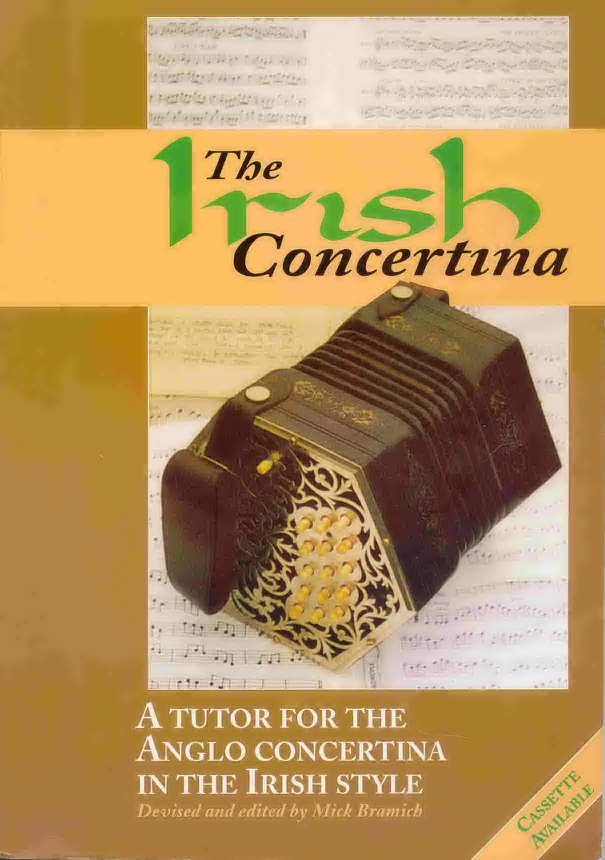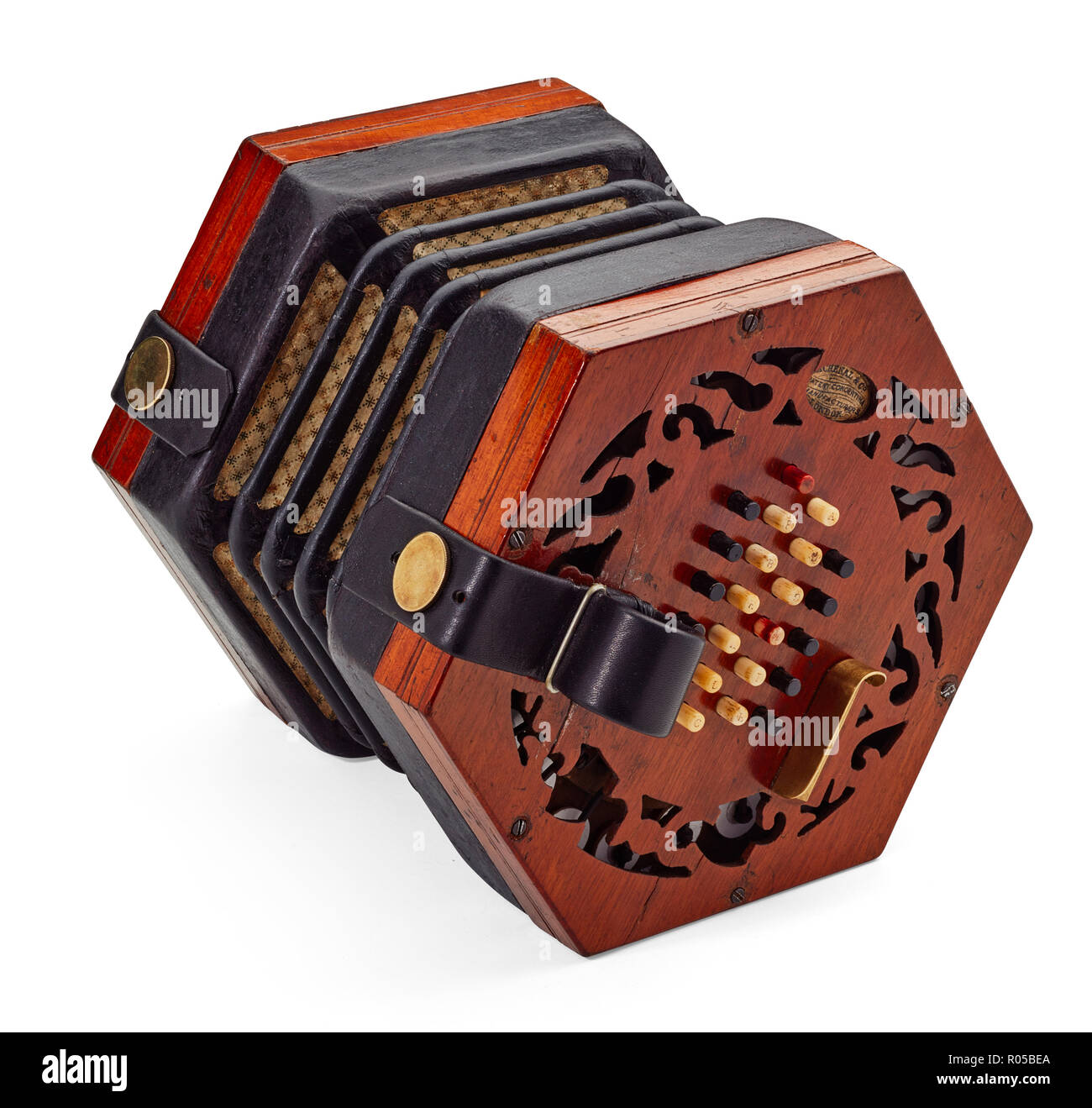
I'm not sure if this touches on the reasoning behind ArtMustel's recommendation for the piano accordion. If you should become hooked on accordion playing, I think you may end up with more than one type of instrument. I still use the piano accordion for some things - each system has its strengths. I have no regrets, except perhaps having spent a little longer on the piano accordion than was necessary.

I started on these and moved to chromatics, then diatonics for certain genres.

They're also easy to find on local listings. This frees your mind up a bit to learn the other rudiments, like playing posture, left hand accompaniment, and bellows control. The notes progress in order up the keyboard, and while the arrangement of accidentals is a little irregular, you can start to very quickly get a feel for the amount of space in an interval. It has a built-in diatonic scale (the white keys) and most teaching methods progress to other keys through the gradual addition of accidentals. With your musical tastes in mind, I think a piano accordion is really the easiest, not necessarily in the long run, but certainly for a beginner.

It can be an intimidating beehive of notes when starting out. The tradeoff for all this elegance, logic, and compactness is that the layout is more complex it doesn't just run in order from low to high. For example, two buttons in a row will always produce a minor third. The layout is relational: a certain interval is the same reach from any given note. They make transposing tunes a breeze and they require much less hand gymnastics to leap between octaves. Many piano accordionists make the switch to these systems for the compactness and elegance of the layout. Definitely not the easy path.Ī 4- or 5-row chromatic button accordion also presents multiple options for each note. So learning melodies often means learning the chords first, then applying the melody, remembering to change rows and directions where necessary, and learning to fake the passages where you can't quite match chord and note. And then, there are some notes that can only be played in one location/direction, so they sometimes render it impossible to play the bass/chord you want. and those options dictate which chords you can produce with your left hand. There are often multiple ways to play a single note on the right hand: one on the push, and one on the pull. When you're playing a two or three-row diatonic, arranging or interpreting tunes has a puzzle-like quality - which is great fun, but not NOT easy. If you want a certain note, you not only have to know where it's located, but whether to push or pull the bellows. I'd argue that diatonic instruments are more difficult. So, hope that helps, tell us what you fancy playing, and we can provide more info.Ĭlick to expand.I'm reading between the lines a bit, but it sounds like there's another question here: "is a diatonic easier?"Ī resounding no to that. It helps to shop with someone knowledgeable and trusted. There are many brands and configurations available, and a good used one is often better than a not so good new one at the same price. (It's unclear whether you have decided on the diatonic as opposed to the chromatic, please forgive me if you have already made this decision.)Īs far as choice of instrument, the most important thing is to find one in really good shape that sounds good to you. It also generally has more basses available and is often more expensive. The chromatic button accordion will give the same note in either direction, and allows playing in more keys, and with more ornamentaion.

The diatonic accordion will give you a different sound per button, depending whether you are opening or closing the bellows. The 3 row diatonic button accordion (also called melodeon, concertina, organetto, depending where you live) is a fine instrument, suitable for playing in a limited number of keys, and often preferred by traditional (folk) music players. Welcome Denny! It really depends on your goals, and maybe even more specifically what kind of music you want to play.


 0 kommentar(er)
0 kommentar(er)
